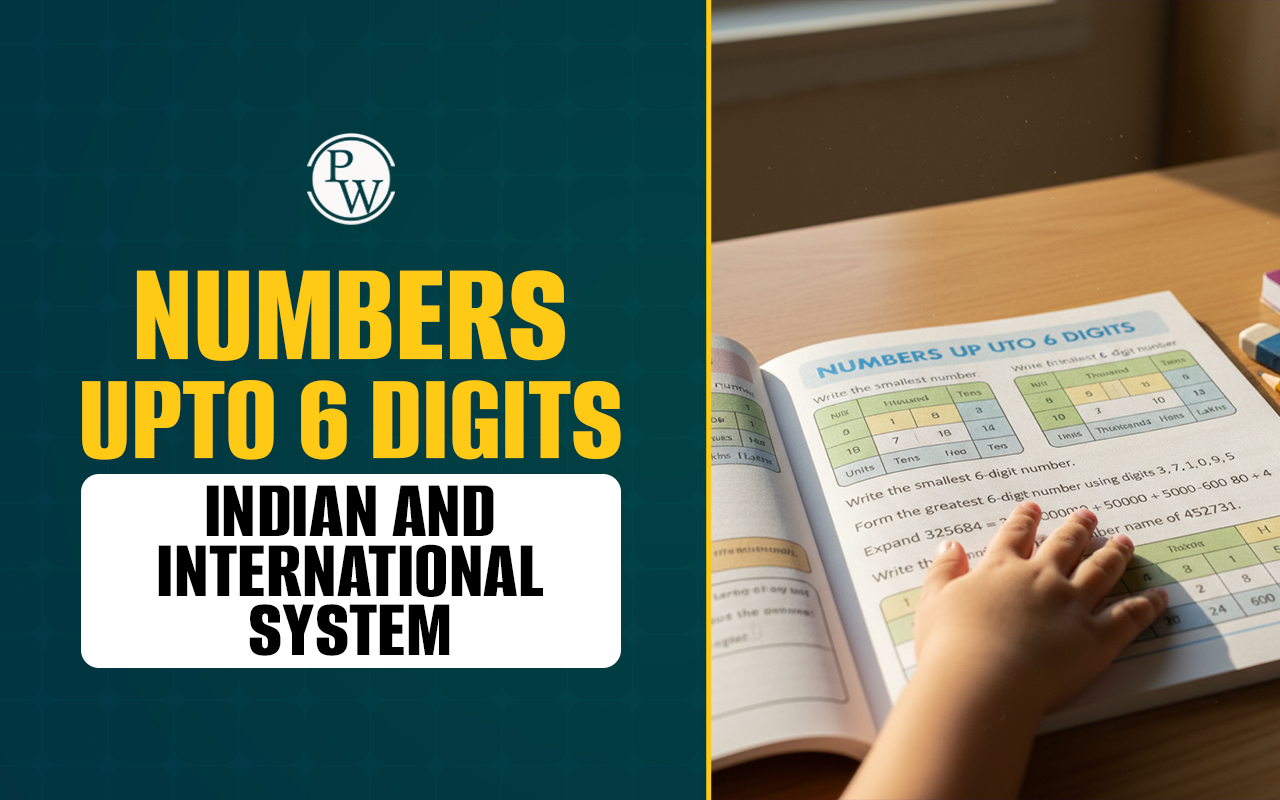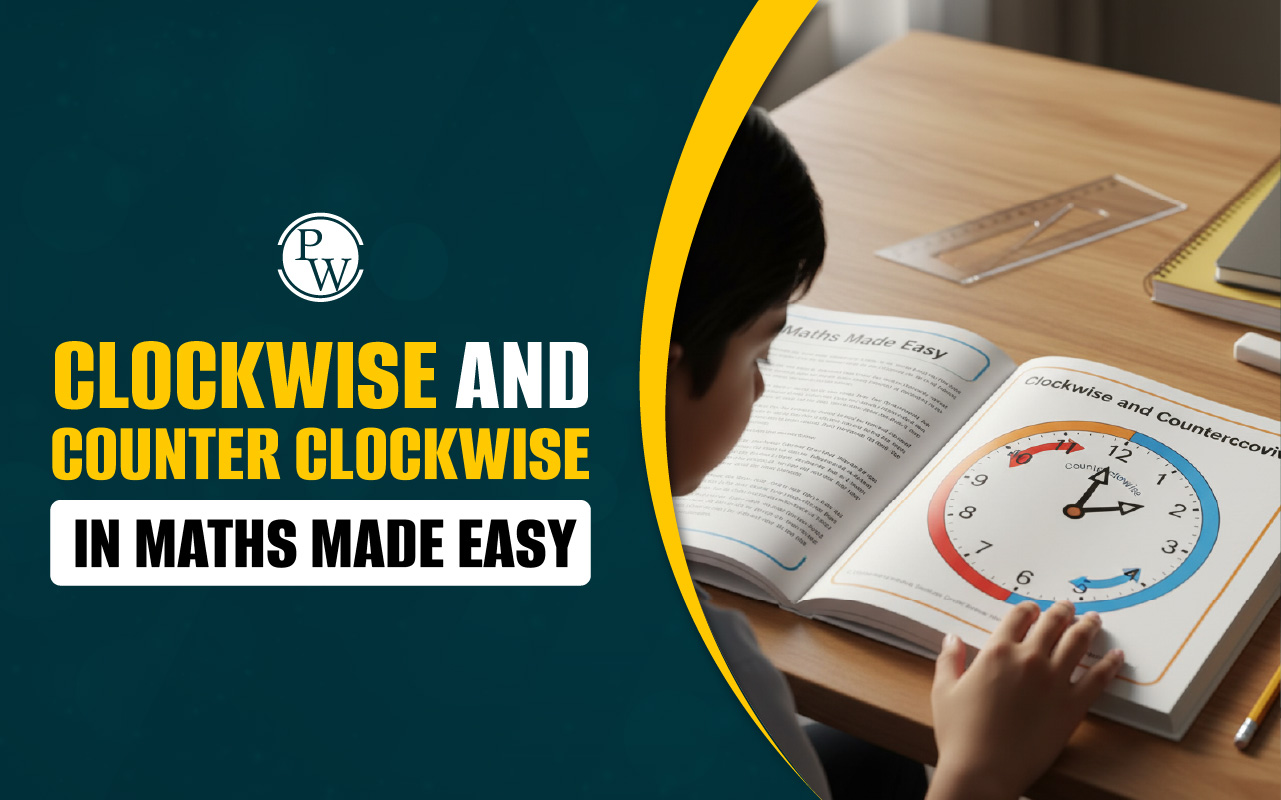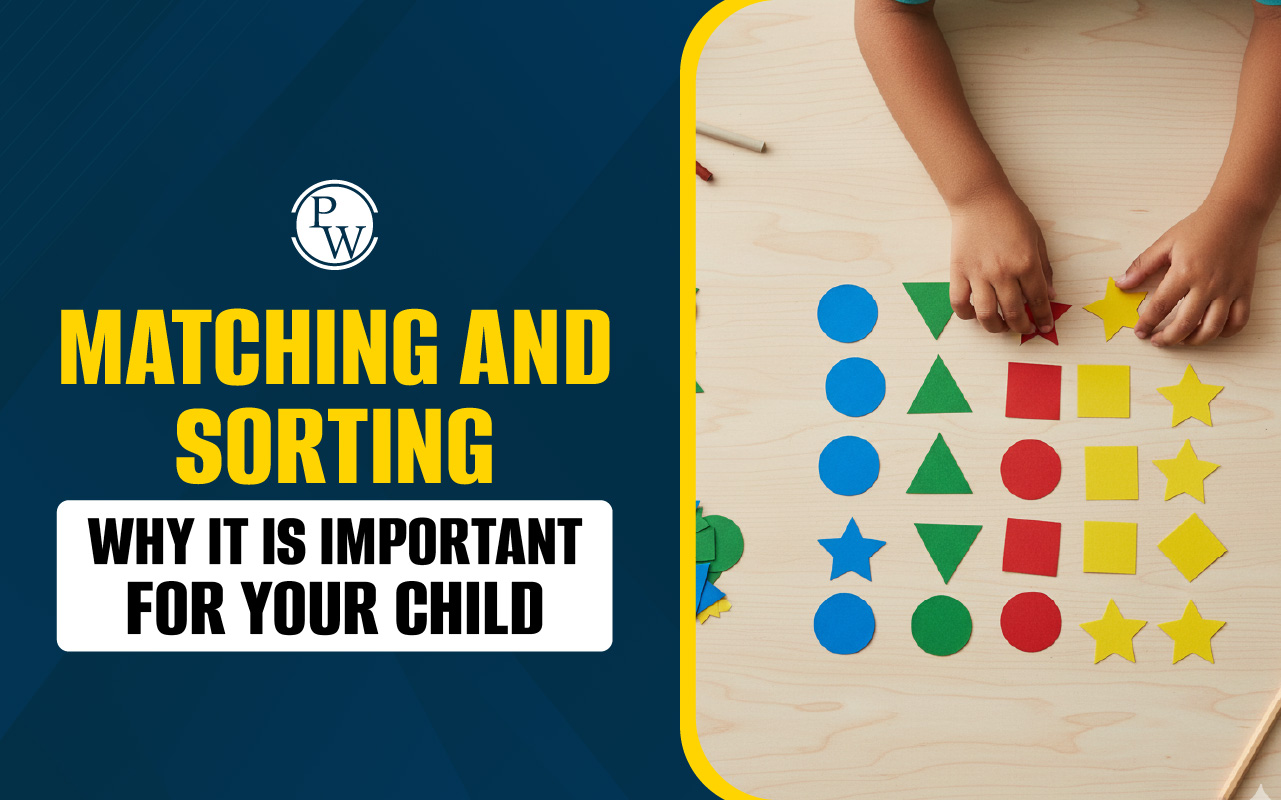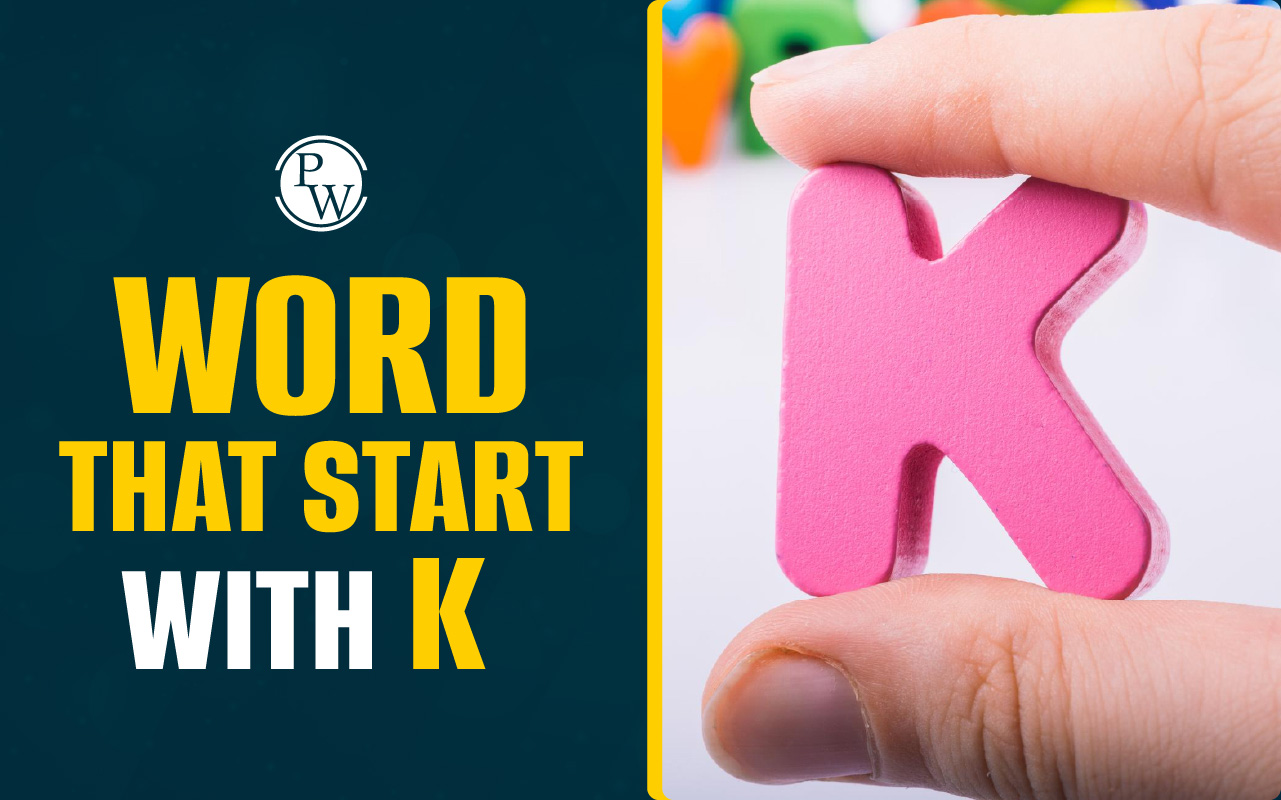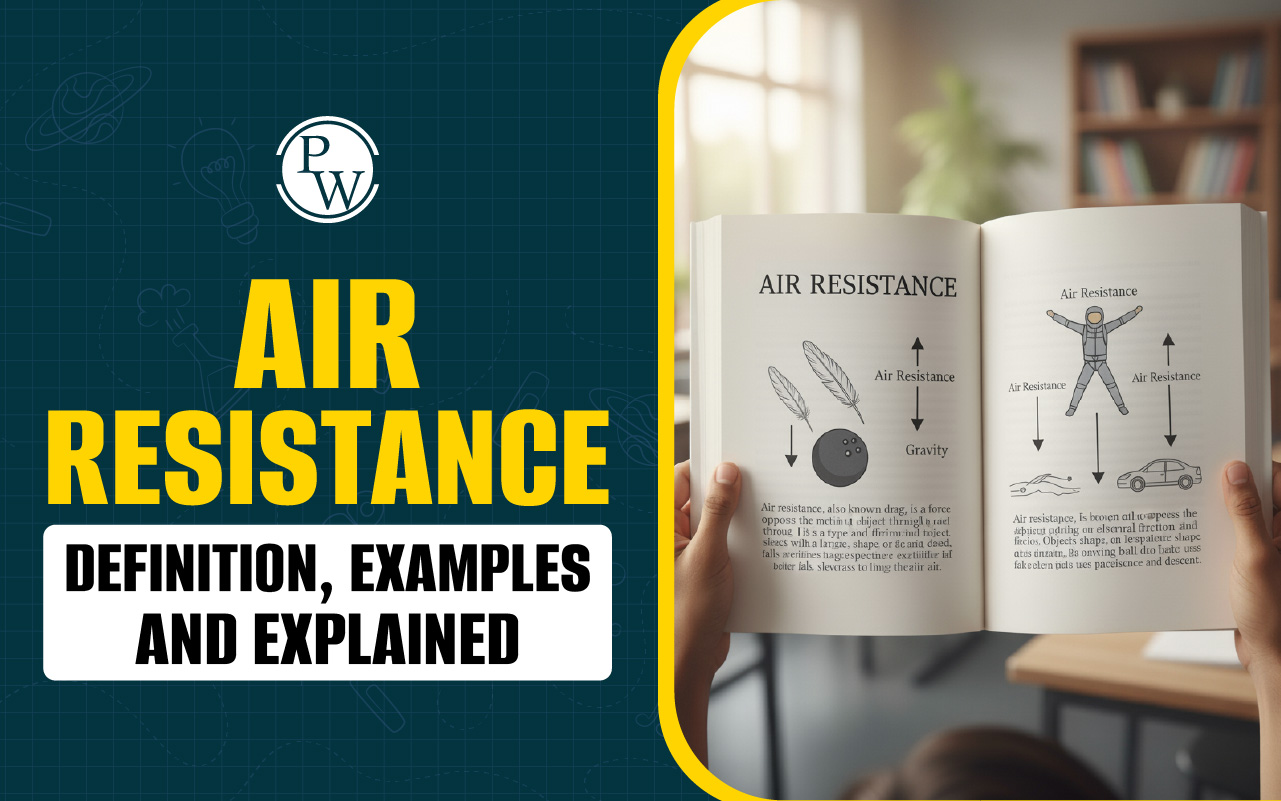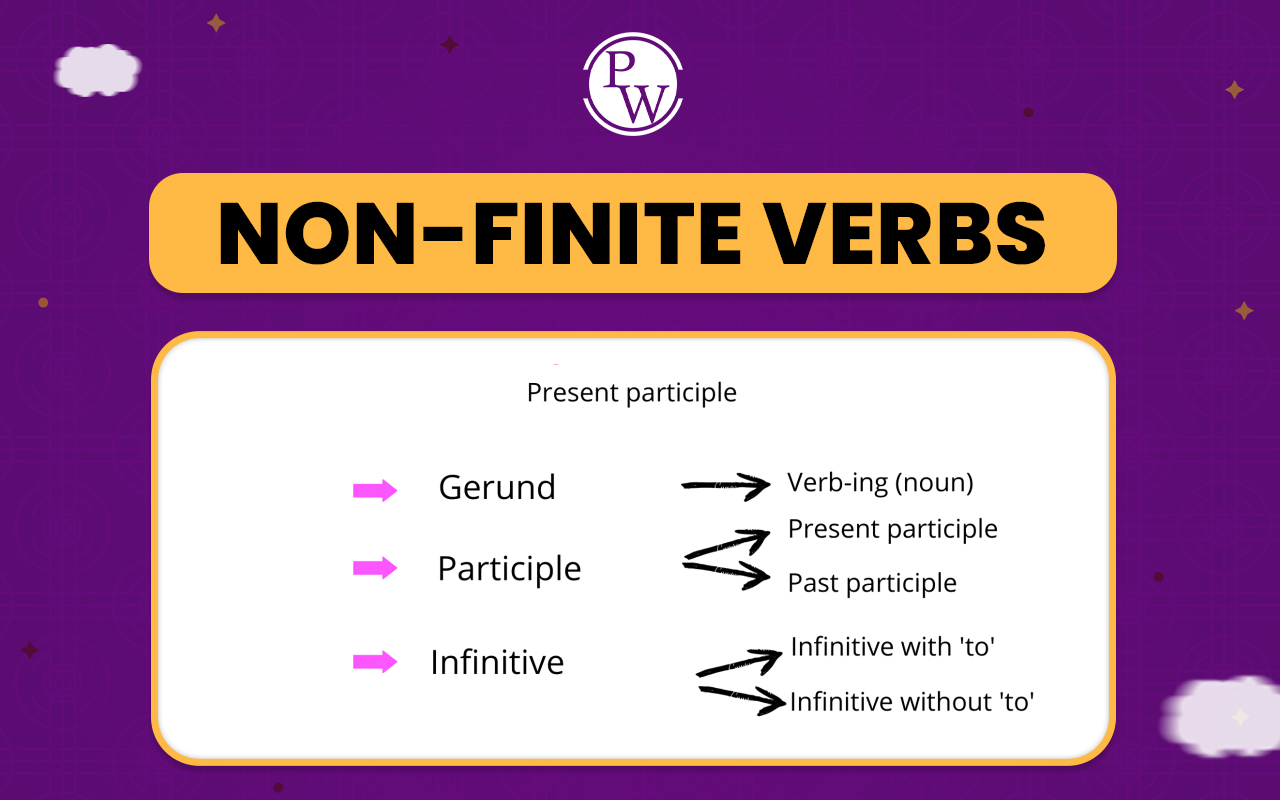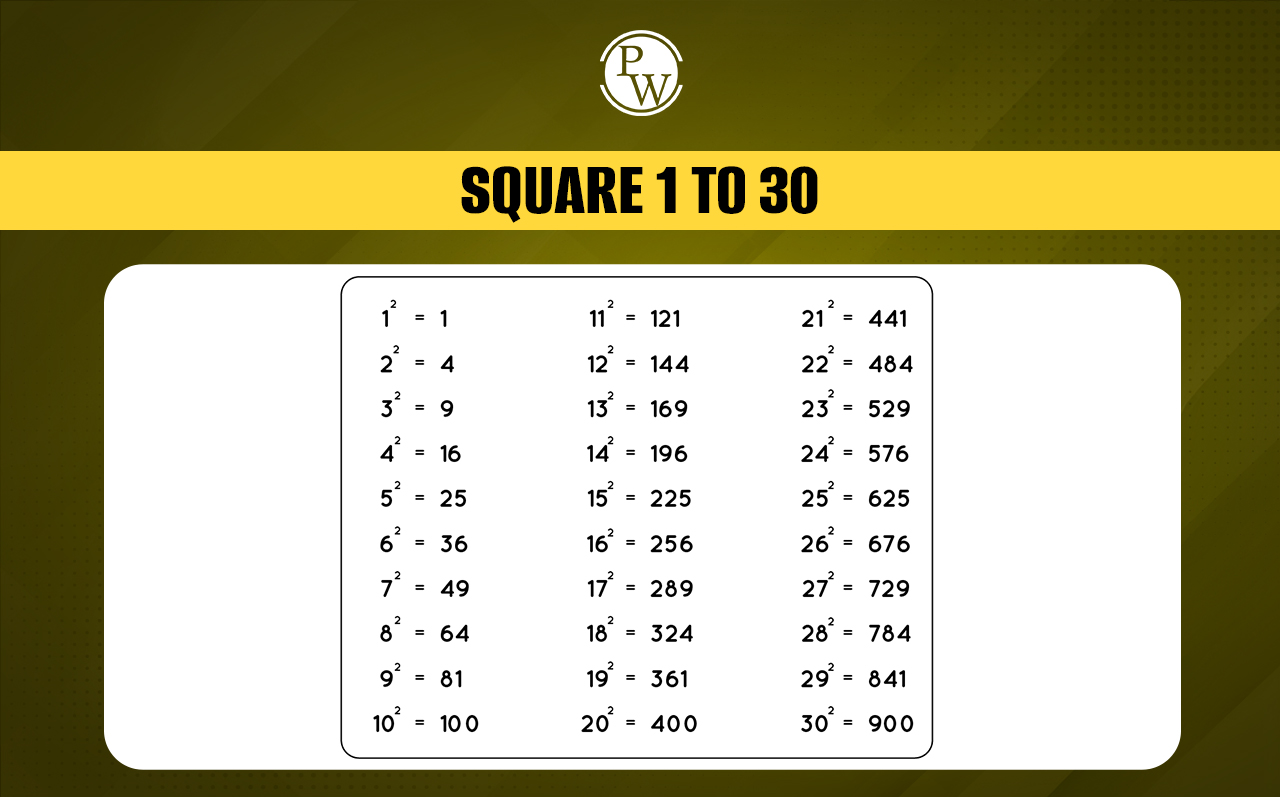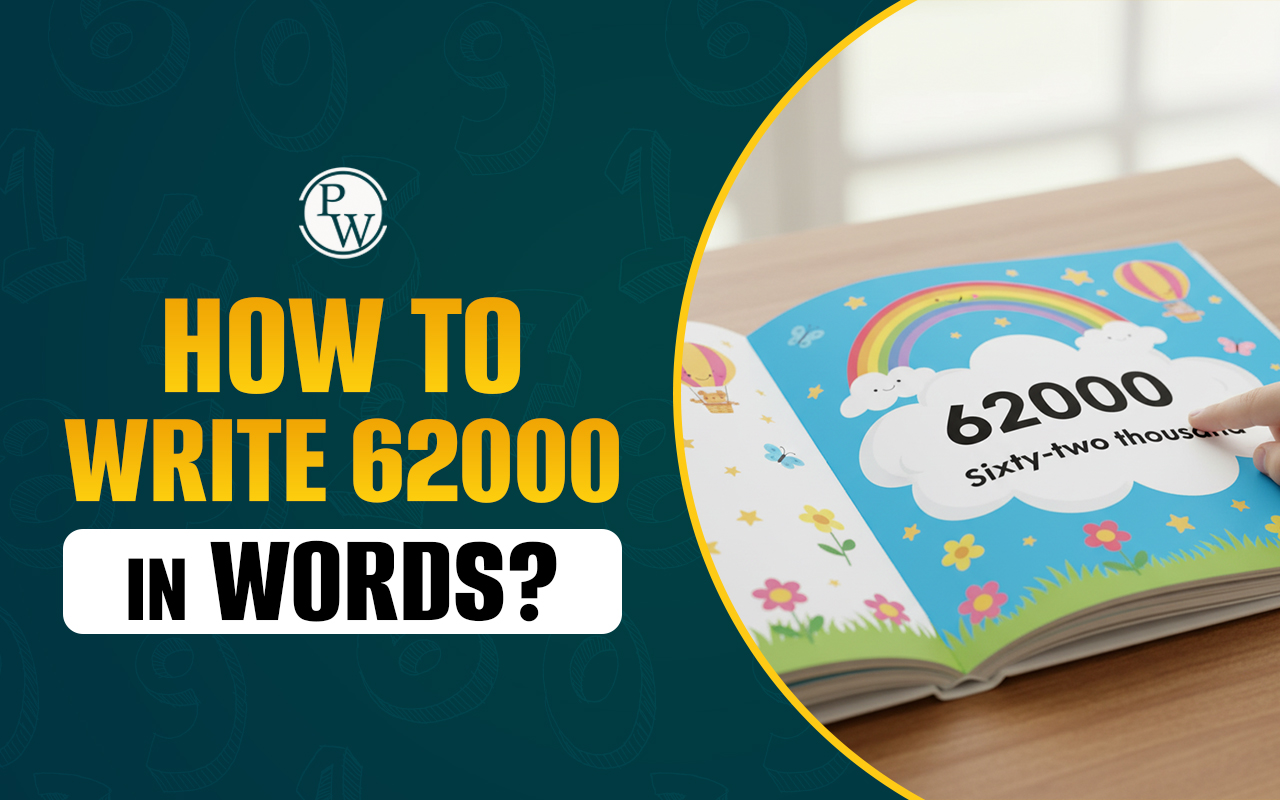
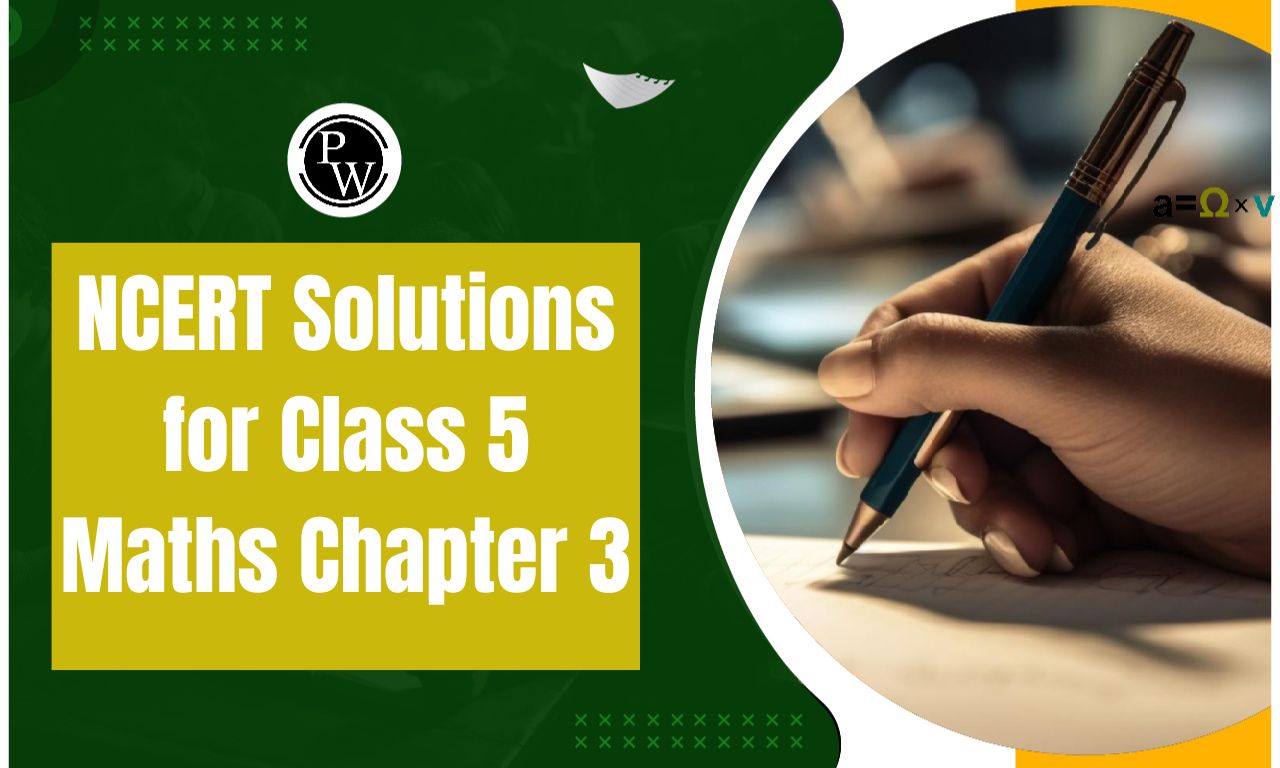
NCERT Solutions for Class 5 Maths Chapter 3: This is where students can find NCERT Solutions Class 5 Maths Chapter 3 How Many Squares, to help them study for their exams. Experts in the field develop the NCERT Solutions by the CBSE Syllabus.
Students can learn how to draw squares from a group of dots by using the NCERT Solutions for Class 5 Maths Chapter 3 How Many Squares. This chapter includes a set of questions about measuring square sides that will help them become more proficient in the area. Students can begin practicing offline by downloading the NCERT class 5 maths chapter 3 solutions in PDF format from the link provided below.NCERT Solutions for Class 5 Maths Chapter 3 Overview
You may have guessed from the chapter's title what the chapter is about. The primary topic of the chapter is interactive shape tracing and measuring. As soon as you begin the chapter, you will be faced with questions related to the first exercise provided. However, you shouldn't find maths particularly challenging because you have a solid understanding of the fundamentals and how this class 5 math chapter 3 operates.NCERT Solutions for Class 5 Maths Chapter 3 PDF
Here we have mentioned NCERT Solutions for Class 5 Maths Chapter 3 detailed solutions. Children in class 5 are advised to go through these questions for better understanding of the chapter. Also, we have attached the NCERT Solutions for Class 5 Maths Chapter 3 pdf for the ease of the students.NCERT Solutions for Class 5 Maths Chapter 3 PDF
NCERT Solutions for Class 5 Maths Chapter 3
Class 5th math chapter 3 solutions "How Many Squares?" concentrates on area and perimeter concepts. Students gain the ability to compare the perimeters of various forms and compute the area of squares and rectangles. The chapter also explains how forms can fit together seamlessly and presents the idea of tiling.
(i) Measure the side of the square on the dotted sheet. Draw here as many rectangles as possible using 12 such squares.
Solution:-
The side of the square on the dotted sheet is 1 cm.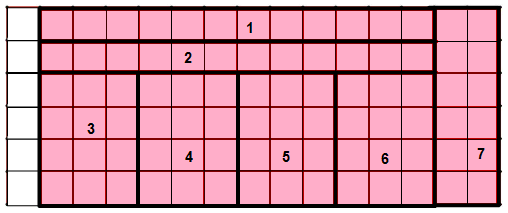 (ii) How many rectangles could you make?
(ii) How many rectangles could you make?
Solution:-
We can make 7 rectangles.2. Each rectangle is made out of 12 equal squares, so all have the same area, but the length of the boundary will be different.
(i) Which of these rectangles has the longest perimeter?
Solution:-
From the above figure, we can say that rectangles 1 and 2 have the longest perimeter. We know that, perimeter of rectangle = 2 (length + breadth) = 2 (1 + 12) = 2 × 13 = 26 cm(ii) Which of these rectangles has the smallest perimeter?
Solution:-
From the above figure, we can say that rectangles 3, 4, 5 and 6 have the smallest perimeter. We know that, perimeter of rectangle = 2 (length + breadth) = 2 (3 + 5) = 2 × 8 = 16 cmNCERT Solutions for Class 5 Maths
3.
Look at these interesting stamps.
(a) How many squares of one-centimetre side do stamp A and stamp B cover?
Solution:-
Eight squares of the one-centimeter side are covered by Stamp B, and eight squares are covered by Stamp A.(b) Which stamp has the biggest area?
Solution:-
Due to its eighteen squares, Stamp 'A' has the largest area.(i) How many squares of side 1 cm do this stamp cover?
Solution:-
This stamp has 18 squares of side 1 cm.(ii) How much is the area of the biggest stamp?
Solution:-
The biggest stamp is in the shape of a rectangle. Thus, the area of the biggest stamp is = length × breadth = 3 × 6 = 18 cm 2c) Which two stamps have the same area?
Solution:-
Stamp ‘D’ and stamp ‘F’ have the same area.(i) How much is the area of each of these stamps in square cm?
Solution:-
We know that area of the rectangle = length × breadth So, the area of the stamp ‘D’ = 3 × 4 = 12 cm 2 Area of stamp ‘F’ = 4 × 3 = 12 cm 2 Therefore, the area of stamp ‘D’ is equal to the area of stamp ‘F’.d) The area of the smallest stamp is _____ square cm.
Solution:-
The area of smallest stamp ‘E’ = length × breadth = 2 × 2 = 4 cm 2 Therefore, the area of the smallest stamp is 4 square cm.(i) The difference between the area of the smallest and the biggest stamp is _____ square cm.
Solution:-
Area of the biggest stamp = 18 cm 2 Area of the smallest stamp = 4 cm 2 Then, The difference between the area of the smallest and the biggest stamp = 18 – 4 = 14 cm 24. Guess
a) Which has the bigger area — one of your footprints or the page of the textbook?
Solution:-
The area of the textbook page is larger than the area of the imprints when compared to their respective areas.b) Which has the smaller area – two five-rupee notes together or a hundred-rupee note?
Solution:-
A hundred rupee note has the smaller area.c) Look at a 10 rupee note. Is its area more than hundred square cm?
Solution:-
No, a 10 rupee note has an area of no more than 100 square centimetres.d) Is the area of the blue shape more than the area of the yellow shape? Why?
Solution:-
No, based on the provided image, we may conclude that the blue shape's area is equal to the yellow shape's area. due to the fact that the figures in yellow and blue are split into two triangles with equal areas.e) Is the perimeter of the yellow shape more than the perimeter of the blue shape? Why?
Solution:-
The yellow shape's perimeter is less than the blue shape's, thus no. The boundary of the blue shape is longer than the boundary of the yellow shape, as determined by measuring with a ruler.5. Write the area (in square cm) of the shapes below.
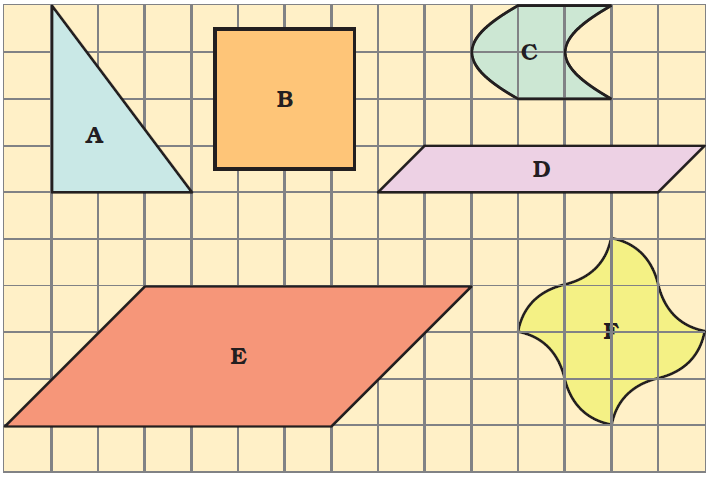 Solution:- Area of triangle fig. A = ½ × base × height = ½ × 3 × 4 = ½ × 12 = 6 cm 2 Area of square fig. B = 4 complete square + 8 half squares + 4 quarter squares = 4 + (½ × 8) + (¼ × 4) = 4 + 4 + 1 = 9 cm 2 Area of fig. C = 2 complete square + 4 half square = 2 + (½ × 4) = 2 + 2 = 4 cm 2 Area of fig. D = 5 complete square + 2 half square = 5 + (½ × 2) = 5+ 1 = 6 cm 2 Area of fig. E = 18 complete square + 6 half square = 18 + (½ × 6) = 18 + 3 = 21 cm 2 Area of fig. F = 4 complete square + 4 more than half + 4 quarter square = 4 + (¾ × 4) + (¼ × 4) = 4 + 3 + 1 = 8 cm 2
Solution:- Area of triangle fig. A = ½ × base × height = ½ × 3 × 4 = ½ × 12 = 6 cm 2 Area of square fig. B = 4 complete square + 8 half squares + 4 quarter squares = 4 + (½ × 8) + (¼ × 4) = 4 + 4 + 1 = 9 cm 2 Area of fig. C = 2 complete square + 4 half square = 2 + (½ × 4) = 2 + 2 = 4 cm 2 Area of fig. D = 5 complete square + 2 half square = 5 + (½ × 2) = 5+ 1 = 6 cm 2 Area of fig. E = 18 complete square + 6 half square = 18 + (½ × 6) = 18 + 3 = 21 cm 2 Area of fig. F = 4 complete square + 4 more than half + 4 quarter square = 4 + (¾ × 4) + (¼ × 4) = 4 + 3 + 1 = 8 cm 2
6. The blue triangle is half of the big rectangle. The area of the big rectangle is 20 square cm. So the area of the blue triangle is _______ square cm.
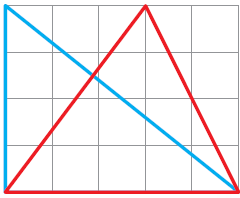 Solution:-
Solution:-
7. In the figure below, there are two halves of two different rectangles.
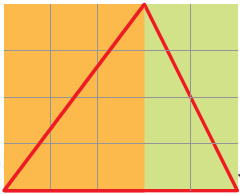 Find the area of the two rectangles in the figure. What is the area of the red triangle? Explain.
Find the area of the two rectangles in the figure. What is the area of the red triangle? Explain.
8. Suruchi drew two sides of a shape. She asked Asif to complete the shape with two more sides so that its area was 10 square cm.
He completed the shape like the following:
(i) Is he correct?
Solution:-
Yes, he is correct.(ii) Explain how the green area is 4 square cm, and the yellow area is 6 square cm.
Solution:-
Green area = 2 complete square + 4 half square = 2 + (½ × 4) = 2 + 2 = 4 cm 2 Yellow area = 3 complete square + 2 more than half + 2 half filled = 3 + 2 + (½ × 2) = 3 + 2 + 1 = 6 cm 2Benefits of NCERT Solutions for Class 5 Maths Chapter 3
For students, NCERT class 5th math chapter 3 solutions, "How Many Squares," provides a number of advantages. They assist students build solid basic knowledge in geometry by giving them a thorough comprehension of the ideas around squares, rectangles, and their areas. With step-by-step explanations, the solutions are made to be simple to understand and help students better understand the concepts. By providing practice questions and answers that address every significant topic in the chapter, they also help with exam preparation.
- Qualified educators with years of experience in their field have created these solutions. These experts possess the necessary knowledge to comprehend the different types of questions and the appropriate way to answer them. It aids students in achieving higher exam scores.
- The most recent CBSE guidelines were followed in the construction of these solutions.
- Additionally, these solutions are written in an easy-to-understand style so that class 5 students can understand the many steps involved in solving each problem.
NCERT Solutions for Class 5 Maths Chapter 3 FAQs
What is knowledge of math class 5?
Which figure has 9 edges?
How many chapters are in math class 5?

